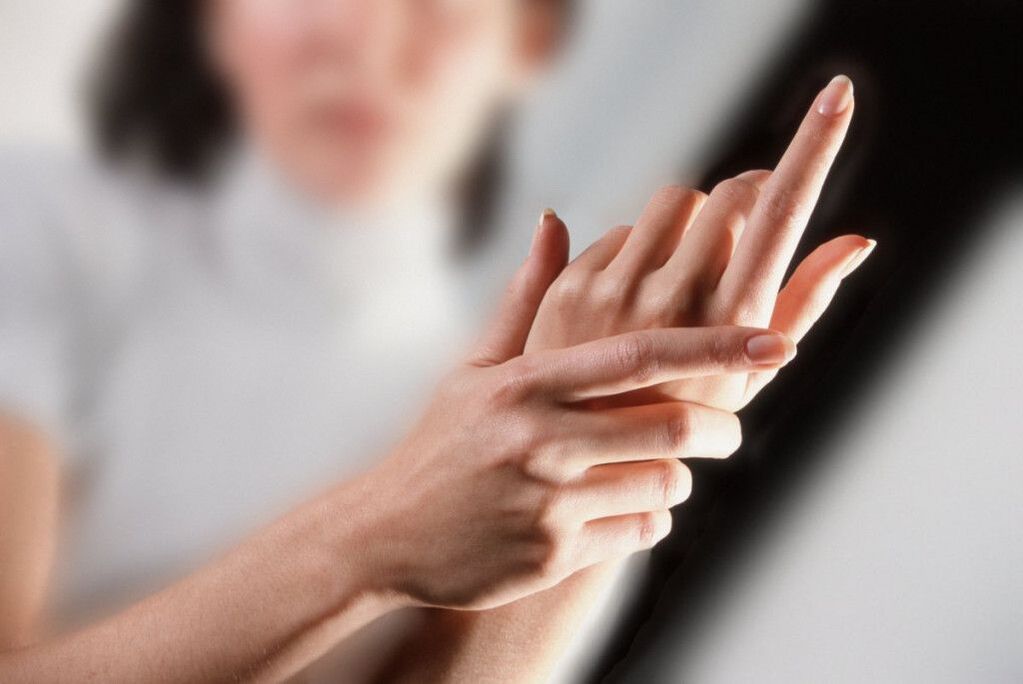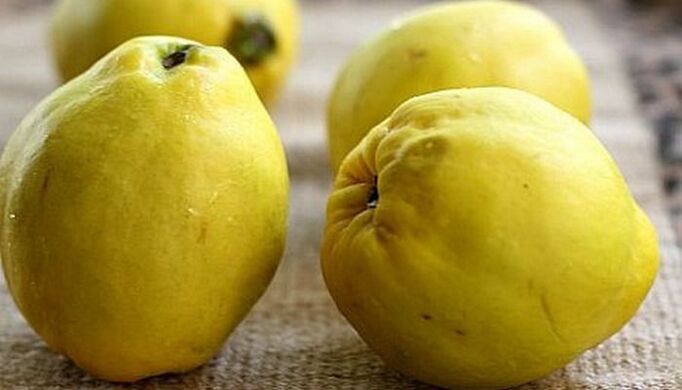
Of all parts of the body, the human hand has the greatest variety of movements. Dynamic activity is associated with different types of manipulation.
From ordinary movements to creative objects, everything is related to the activity of the hands. Because of the important involvement of brushes in human life and work, their health is of great concern.
Often people have pain in the finger joints and the motor function of the fingers is impaired. With such symptoms, it is necessary to seek medical help to determine the cause and prescribe the subsequent treatment of the pathology.
Irreversible processes in the body become the cause of various diseases with age. Therefore, if you experience painful sensations, you should consult a doctor.
Causes of pain
Joint pain in the hands occurs for a variety of reasons. It occurs most often as a result of traumatic injuries.
The tissue around the joint can be damaged. The transition from diseases to a chronic form contributes to deformation changes. For this reason, the possibility of complete or complete movement is disturbed.
The causes of pain in the finger joints are:
- arthritisare an inflammatory disease that affects the joint surfaces along with the surrounding tissue. As a result of a rheumatic process or autoimmune diseases, there is a pathological change in the connective or other tissue in the joint area. Arthritis usually affects groups of joints. Isolated inflammation is extremely rare. The disease is characterized by the symmetry of the inflamed areas of the joints. A peculiarity of the pathology is pain when moving and at rest.
- Rheumatoid arthritis- the disease is of an infectious-allergic nature. A feature of the pathology is the appearance of foci in the small joints of the bones. The swelling of the tissue leads to compression of the nerve fibers, which causes pain. The disease develops suddenly. Restrictions in movement are accompanied by reddening of the skin and decreased motor activity.
- arthrosis- progressive deformation of the articular surfaces. Stiffness when trying to move is combined with pain in the symmetrical finger joints on the hands. Premature treatment can result in disability for the patient.
- goutIs a disease that is associated with metabolic disorders. The chronic process proceeds with phases of exacerbation, during which the deterioration in the condition occurs sharply. Acute pain is combined with edema and hyperemia of the skin over the diseased joint. The thumb suffers at first, later other joints are involved in the pathological changes.
- Stenosing ligamentitis- inflammatory disease of the ligamentous apparatus of the finger joints. Damage to the ring ligaments causes pain in the fingers.
- Rhizarthrosisassociated with heavy load or compression of the thumb joint.
- arthrosis- Change in deformation of the finger joints due to the destruction of the cartilage ball of the joints. Worsening pain occurs after loading the diseased joints. Immobilized joints don't hurt.
- Osteomyelitis- Damage to bone tissue and bone marrow. Necrotic and purulent changes develop not only in the bones, but also in the joints. Open bone injuries can cause bacterial flora to invade the wound, build up pus, and destroy the bone. At the same time, joint pain is supplemented by symptoms of general intoxication.
What to do if the finger joints hurtHow do you treat?

To determine the treatment regimen, it is necessary to determine the factor that led to the development of the disease. There are three main groups of drugs that are used to affect the affected joints:
- Nonsteroidal anti-inflammatory drugs, when used, stop the biochemical reaction cascade that causes inflammation.
- Glucocorticoids have a pronounced anti-inflammatory effect. The funds are used for general and local therapy. Depending on the indication, it is injected directly into the focus of inflammation.
- Immunosuppressants are basic drugs that are used as anti-rheumatic pain relievers.
There are folk recipes that will help relieve joint pain without expensive drugs:
- To prepare an anesthetic broth, dig up burdock roots in the spring or autumn. The peeled and dried root is chopped up and stored in a cloth bag. Brew two tablespoons of the root in a glass of water. The prepared broth is drunk three times a day.
- Quince juice is good at relieving joint pain. Freshly squeezed juice is mixed with barley flour in equal proportions. The gruel is applied to the inflamed joints at night.
- Drink a decoction of dry celery three times a day.
- A mixture of honey and vinegar helps relieve acute pain. The mixture is placed on the sore area and covered with wax paper.
- The use of ginger relieves joint pain caused by the inflammatory process.
Traditional medical methods will help in the early stages. In advanced and chronic cases, complex joint treatment is required.





































